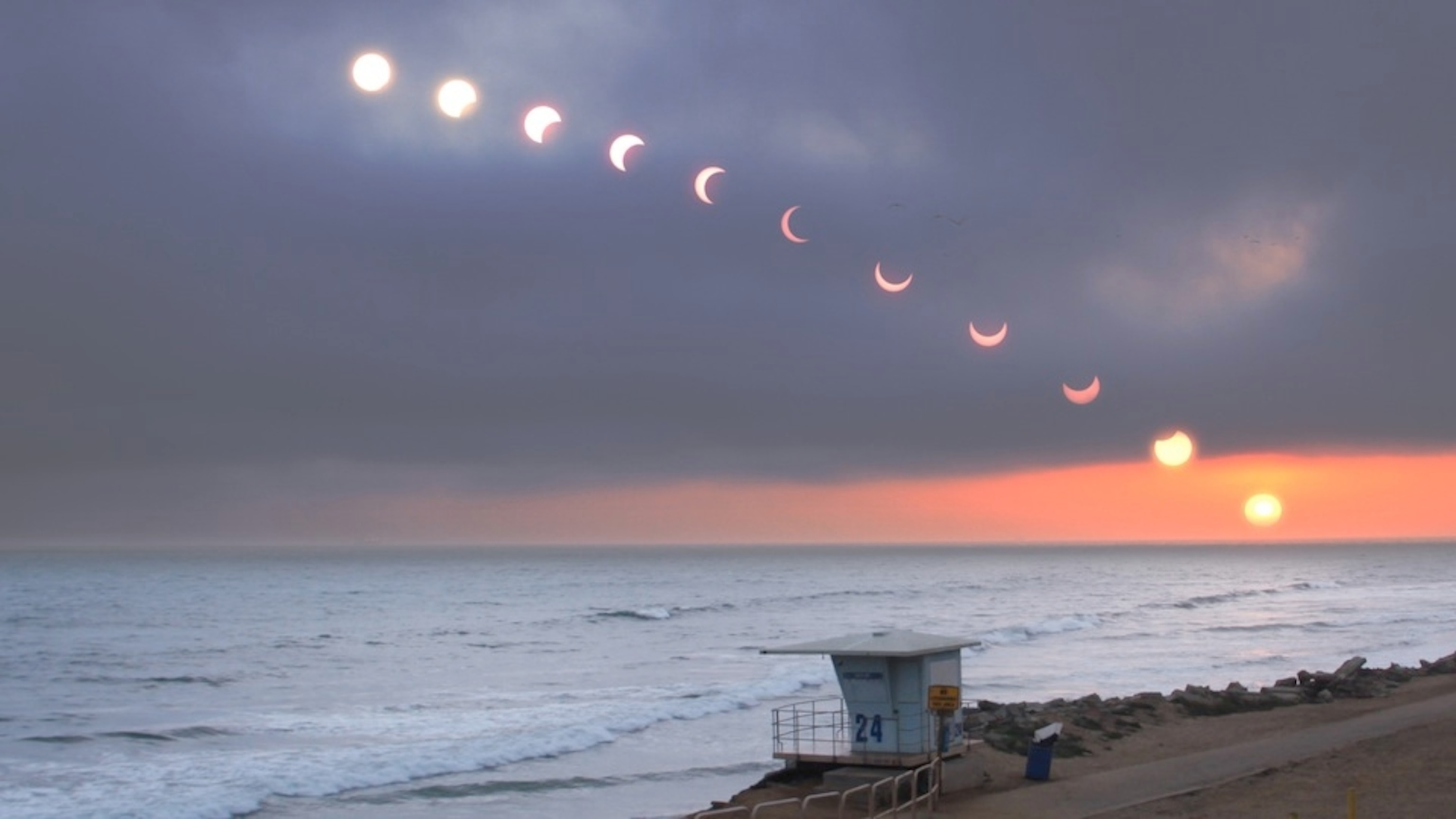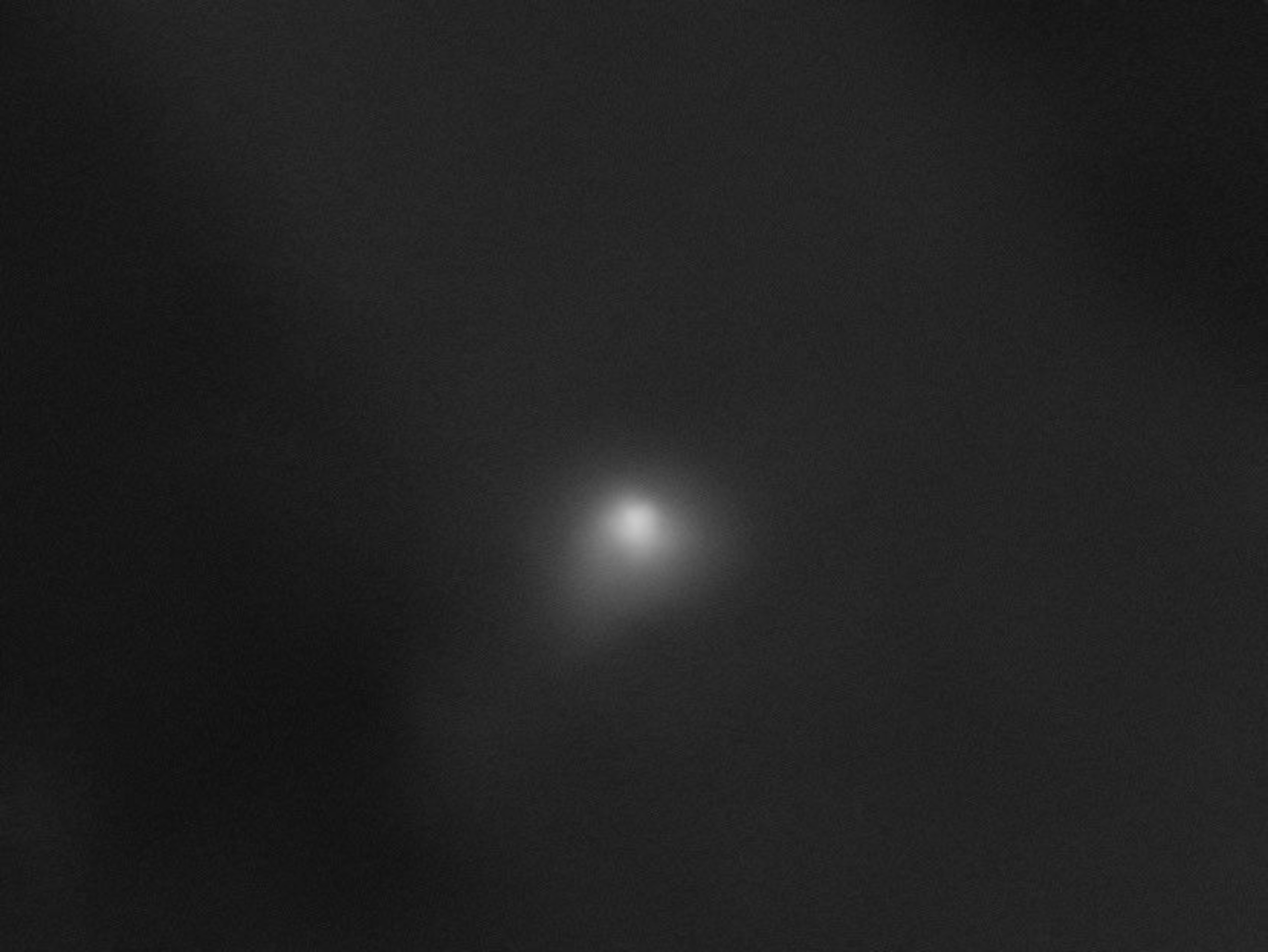There are, around the world, groups of people so fierce about solar eclipses, they plan their years and even decades around the movements of Earth and the moon. An eclipse happens whenever the moon passes in front of the sun, but a full eclipse is far more rare. And when it does occur, there are only a few places on Earth where you can see it.
There will be precisely 222 total eclipses in the 21st century. Since 2000, there have already been 30. The full solar eclipse on August 21, 2017, however, may be the best of them all simply for its utter convenience, particularly if you’re in America.
Consider this map made by eclipse data fan Xavier Jubier, which shows the sweeping path that almost perfectly bisects North America. At 10:15 a.m. PST, as the moon and Earth continue their usual orbits, the shadow of the moon will begin to sweep from Oregon to South Carolina, passing through parts of Idaho, Wyoming, Nebraska, Kansas, Missouri, Illinois, Indiana, Kentucky, Tennessee, North Carolina, and Georgia. Standing anywhere in the path will provide two minutes (give or take) of shadow-filled darkness in the middle of the day. Using data from the U.S. Naval Observatory, the green pin marks the area of longest duration of total eclipse—2 minutes and 44 seconds in southern Illinois.
In an era before mass communication and media, eclipses were the greatest shows on Earth, a strange spurt of nighttime that could be interpreted as a message from above. In ancient China, solar and lunar eclipses were believed to be such strong signals about the future of the state that Chinese astrologers were murdered when they failed to predict them. The Aztecs believed the appearance of a “black sun” like one created during a solar eclipse foretold death, transcendence, and rebirth. Before any human civilization, it’s frightening to imagine what our early human ancestors thought when the mid-day sky went suddenly and unexpectedly black.
Now, it’s just a good show. And while eclipses happen relatively frequently—NASA has predicted them as far away as the year 3000 [[ http://eclipse.gsfc.nasa.gov/SEcat5/SEcatalog.html ]]—it’s rare to find one so convenient. That is, unless it’s cloudy where you’re standing that day. Then you’ll completely miss it. The next one in North America will be in 2024, and it’ll be better to see that one…from Mexico.






